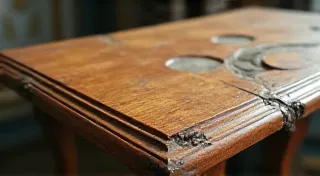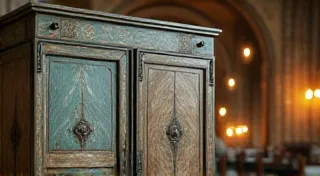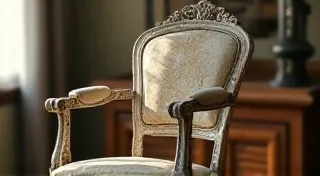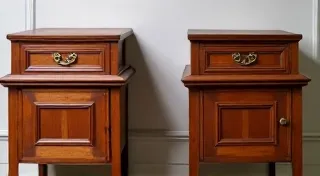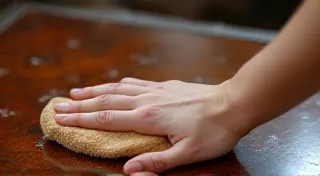Understanding and Correcting Color Variations in Antique Finishes
One of the most challenging aspects of antique furniture restoration is dealing with color variations in the original finish. Time, sunlight exposure, cleaning products, and even the types of wood used can all contribute to inconsistencies. While a perfectly uniform finish isn't always desirable (some variations add character!), significant color differences can detract from the piece's overall appeal. This article will guide you through understanding these variations and the techniques you can employ to achieve a more harmonious look.
Why Color Variations Occur
Several factors contribute to the color shifts you see on antique furniture:
- Sunlight Exposure: Sunlight degrades many finishes, bleaching them unevenly. Surfaces directly hit by sunlight will often be lighter than those in shadow. This is often the most pervasive issue, impacting pieces that have stood near windows for decades.
- Wood Type and Grain: Different wood species absorb and reflect light differently. Even within the same piece of furniture, variations in grain pattern can influence the appearance of the finish. This is why understanding the period and style can provide clues about the original wood used – knowledge that complements techniques found in identifying period styles in antique furniture.
- Original Finish Composition: The original finish (shellac, varnish, lacquer, wax) itself can degrade and alter color over time. Different recipes and techniques used by original finishers also contribute. The nature of these finishes drastically impacts restoration approaches.
- Cleaning and Polishing: Harsh cleaning products and abrasive polishes can damage the finish and remove layers unevenly, revealing underlying color changes.
- Water Rings and Stains: Spills and moisture can leave permanent discoloration.
- Age and Oxidation: Exposure to air and humidity cause oxidation, which can alter finish color.
Image 1: 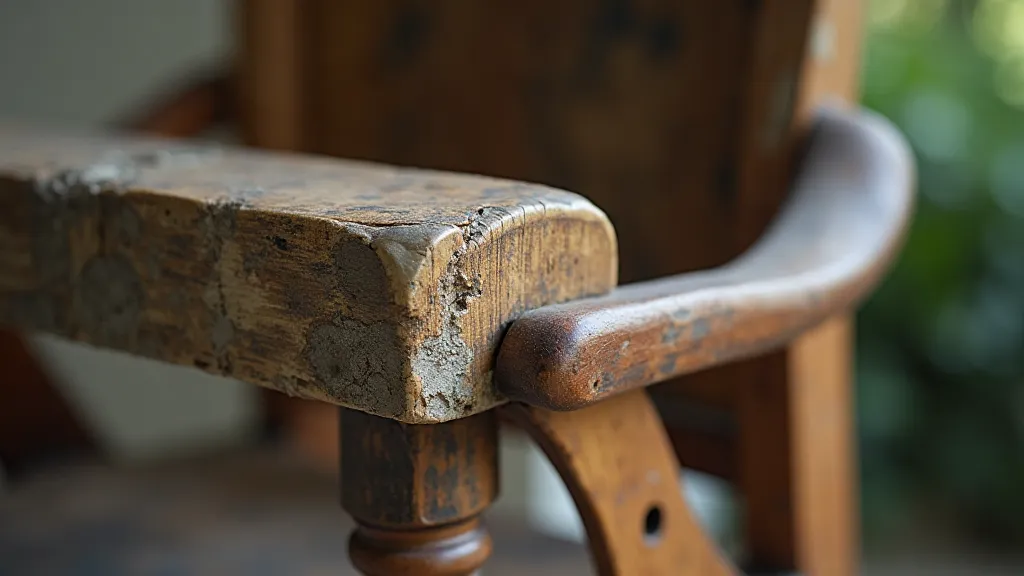
Identifying the Type of Finish
Before attempting any corrective measures, it’s crucial to identify the type of original finish. This will guide your restoration approach. Knowing what you’re dealing with – whether it’s shellac, varnish, or lacquer – is paramount. A misdiagnosis can lead to irreversible damage and incorrect repair techniques. Here are a few basic tests:
- Alcohol Test: A drop of denatured alcohol can dissolve shellac and lacquer. Varnish is generally more resistant. This is a simple yet effective way to differentiate between finishes.
- Warm Water Test: Warm water can soften wax finishes.
- Visual Inspection: Examine the finish's appearance. Shellac often has a slightly orange tint. Varnish tends to be more durable and glossy. Careful observation provides valuable clues about the original application.
Corrective Techniques
The methods you use to address color variations depend on the severity of the problem and the desired outcome. Sometimes, a little patience and gentle cleaning are enough. Other times, more involved procedures are necessary. Here are some common approaches:
- Gentle Cleaning: Often, a simple cleaning with a mild soap and water can remove surface dirt and grime, improving the overall appearance. Always test any cleaning solution in an inconspicuous area first.
- Spot Tinting: For localized discoloration, you can use a tinted glaze or stain to blend the affected areas. This requires careful application and blending. The goal here is to subtly camouflage the imperfection, not to completely erase it.
- Overall Toning: In cases of significant color variation, applying a tinted glaze or stain over the entire piece can create a more uniform appearance. This is a more involved process and requires practice. Consider the impact on the piece’s character before proceeding.
- Stripping and Refinishing: As a last resort, you can strip the finish completely and apply a new finish. This is the most drastic option and should only be considered when other methods have failed. This completely removes the historical patina, so it’s a decision to be made with considerable thought.
- "Blending" with Color Matching: Careful matching of existing shades and application in very thin layers to gently blend discrepancies. This is a delicate process that rewards patience and a keen eye.
- Veneer Considerations: If the color variation is accompanied by lifting or damage to the veneer, addressing the structural integrity becomes crucial. Techniques like those explored in veneer repair for antique furniture can be essential before any finishing work can begin.
Image 2: 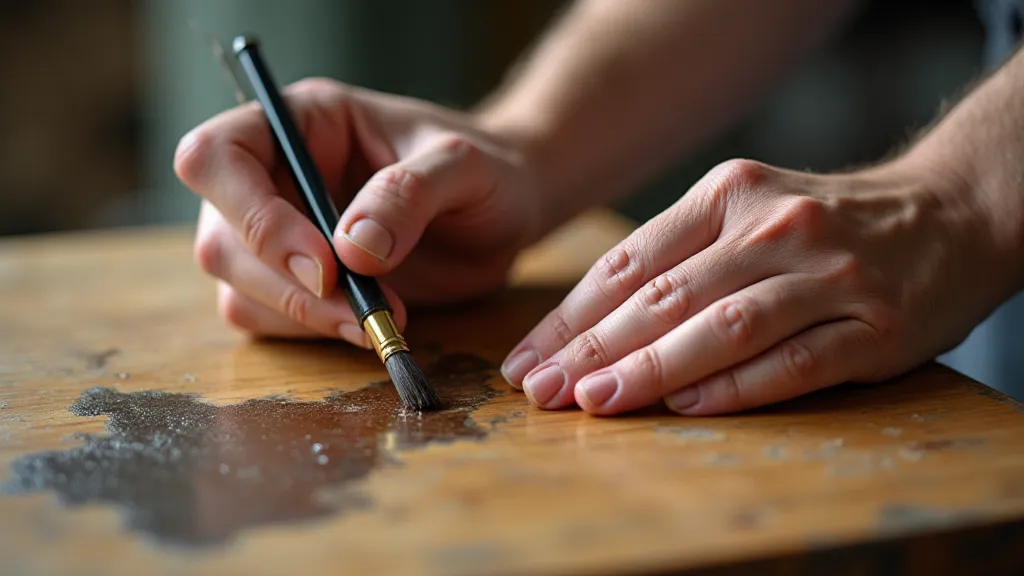
Deep Dive: Understanding the Patina and its Importance
The "patina" refers to the overall look and feel of an antique finish – the subtle variations in color, texture, and wear that develop over time. It's a testament to the piece’s history and often contributes significantly to its value. While correcting color variations is sometimes necessary, it’s vital to remember that some discoloration can add character and value. Many collectors and restorers actively strive to *preserve* the patina rather than completely erase it. The challenge lies in distinguishing between damaging wear and desirable character marks.
Hardware and its Influence
Often, the hardware (handles, knobs, hinges) can contribute to the perception of color variation. Original hardware can tarnish or corrode, impacting the surrounding finish. Sometimes, a simple cleaning and polishing of the hardware can dramatically improve the overall appearance of the piece. However, if the hardware is heavily damaged or missing, its replacement requires careful consideration of period-appropriate styles, as outlined in resources such as replacing missing furniture hardware.
Avoiding Common Pitfalls
Restoring antique furniture is an art that requires more than just technical skill; it requires a deep respect for the piece’s history. Here are a few common pitfalls to avoid:
- Rushing the Process: Patience is paramount. Each step, from cleaning to application of glazes, should be approached with care and deliberation.
- Using Harsh Chemicals: Harsh chemicals can damage the finish and surrounding wood. Always test any product in an inconspicuous area first.
- Applying Thick Layers: Multiple thin layers are always better than one thick layer. Thick layers are prone to cracking and peeling.
- Ignoring the Wood’s Natural Grain: The wood grain plays a crucial role in the overall appearance of the finish. Always work with the grain, not against it.
- Failing to Respect the Original Finish: Remember that the original finish tells a story. Treat it with respect and try to preserve as much of it as possible.
Important Considerations
- Test First: Always test any technique on an inconspicuous area of the furniture before applying it to the entire piece.
- Thin Layers: When applying glazes or stains, apply them in thin, even layers. Multiple thin layers are better than one thick layer.
- Blending is Key: Proper blending is essential to create a seamless appearance.
- Respect the Patina: While correcting color variations is sometimes necessary, remember that some discoloration can add character and value to antique furniture. Consider whether the variation detracts significantly from the piece's overall appearance before attempting to correct it.
- Documentation is Essential: Keep detailed records of all the materials and techniques used in the restoration process. This will be valuable for future reference and can also enhance the piece’s provenance.
- Consider Professional Help: Some restoration projects are best left to professionals. If you’re unsure about any aspect of the process, don’t hesitate to seek expert advice. Determining whether a piece is truly valuable—and whether restoration is economically viable—can be complex.
Image 2: 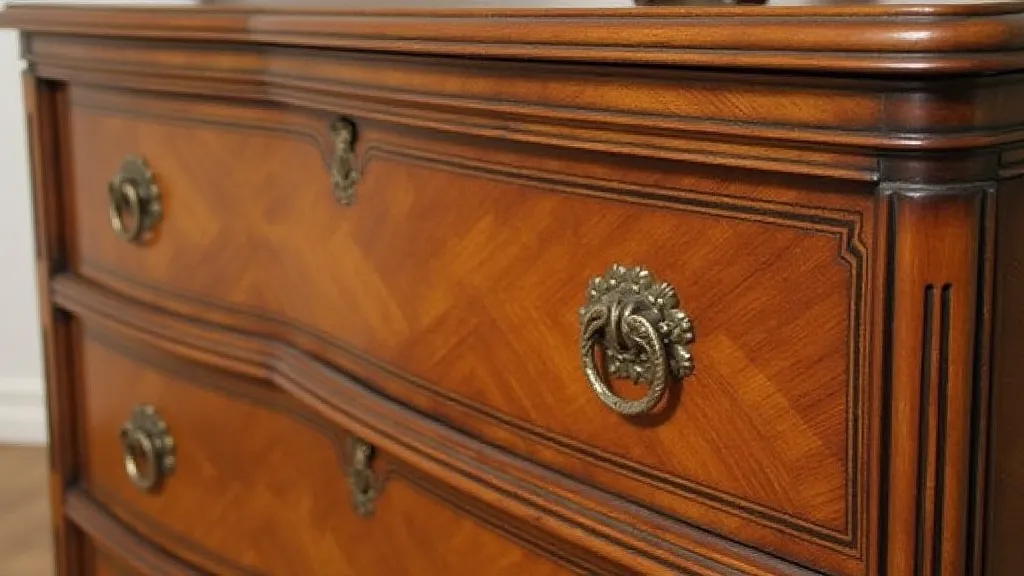
Restoring antique furniture is an art that requires patience, skill, and a deep appreciation for history. By understanding the causes of color variations and employing the appropriate corrective techniques, you can help preserve these valuable pieces for generations to come. Recognizing potential fraud and ensuring authenticity are also crucial aspects of dealing with antique furniture, as highlighted in resources like how to spot fake antique furniture.
